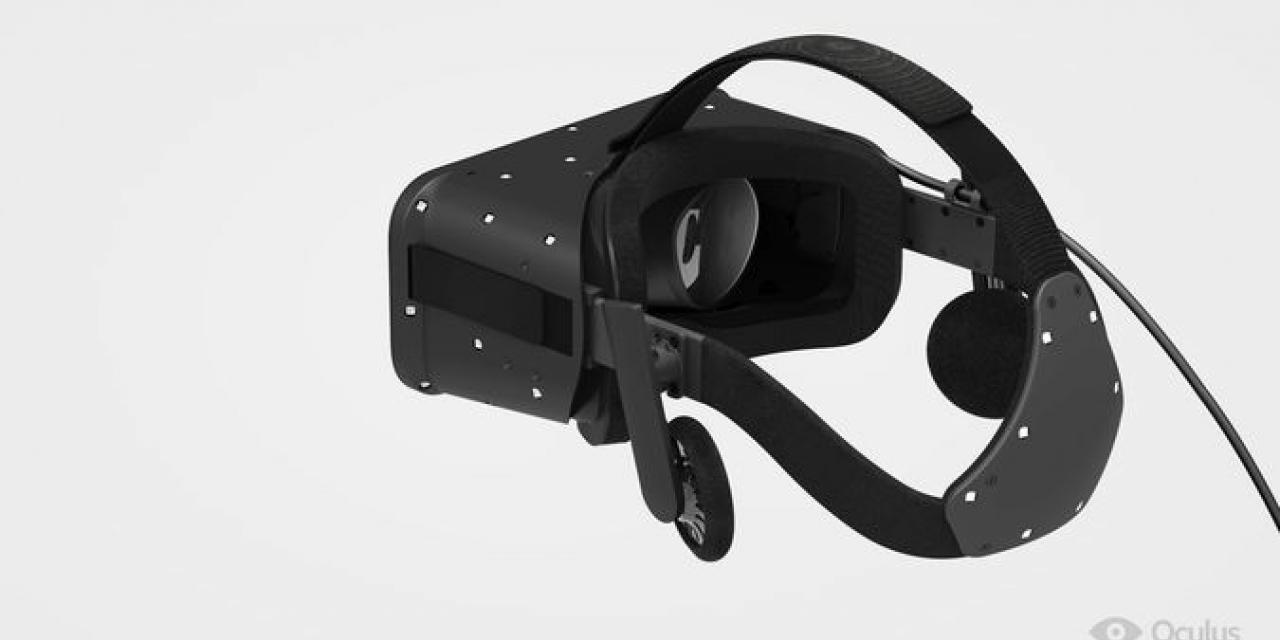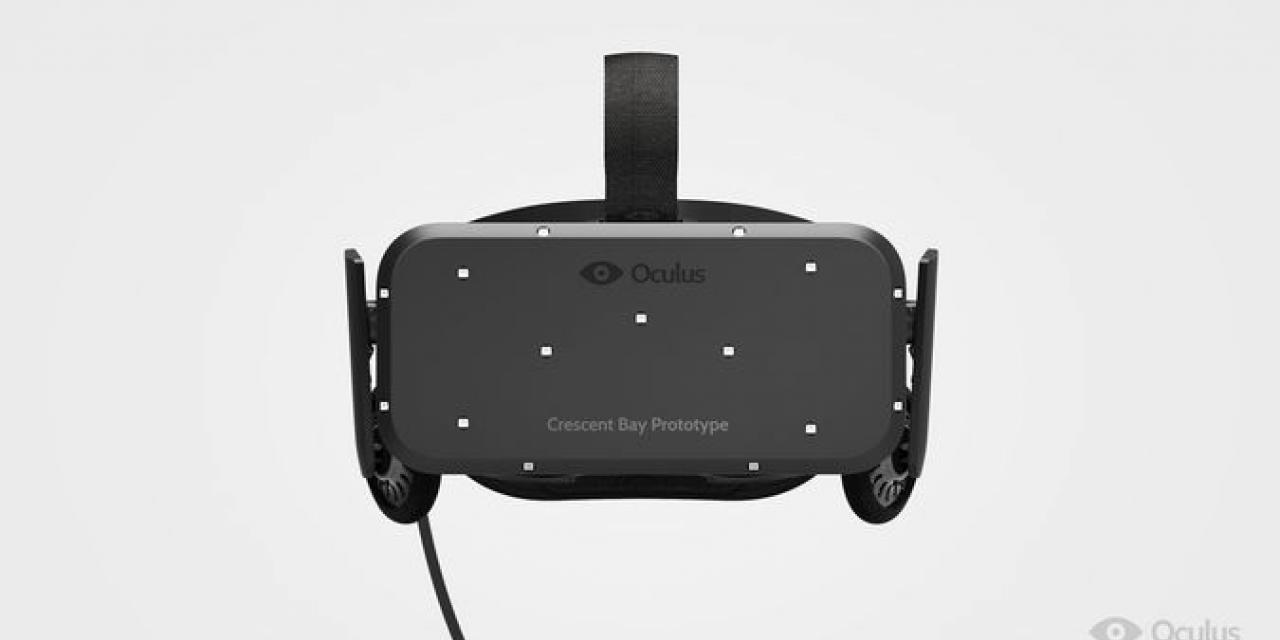


Oculus has announced a new prototype called Crescent Bay, another step towards the consumer version of its virtual reality headset.
The new headset features 360-degree tracking, letting the Rift's external camera track the back of the headset as well as the front, making it easier for people to move without feeling constrained by staying in the camera's range. It's supposed to have improved weight and ergonomics — "it is much lighter. Thank god," said Oculus CEO Brendan Iribe. And for the first time, it includes integrated headphones.
Crescent Bay was announced at the Oculus Connect developer conference in Hollywood, CA. 3D audio is something Oculus has stayed out of so far, but it's a major focus of this Rift prototype, which is meant to make virtual reality more comfortable and immersive before it's officially released to consumers.
According to Iribe, Crescent Bay is the first Oculus VR headset that "allows for sustained presence." In other words, it allows its user to be fully immersed in the virtual reality world without having to pay attention to the real word – for example, to return to the camera field of view.
The first Oculus Rift VR headsets were shipped in the spring of 2013, but a consumer version has not yet been announced, and this emphatically isn't one. So far, Iribe says that over 100,000 Rift development kits have been shipped to 130 countries, and the company is still filling pre-orders for its second-generation model. The Crescent Bay prototype follows "Crystal Cove," which was first shown off at CES 2014 in January — the DK2, which is based on it, came out a couple of months later.








